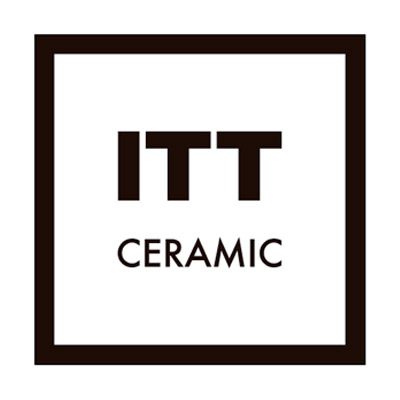Advantages WABI-SABI STYLE
Simplicity and austerity
Minimalism, yes, but asymmetrical
Untreated elements in their natural form
WABI-SABI STYLE (OR HOW TO LEARN TO ACCEPT IMPERFECTION IN DECORATION)
If you are overwhelmed with stress and enough is enough, the decoration of your home can also help lead you to a much calmer and contemplative life. In his book “Wabi Sabi: Learning to accept imperfection,” Tomás Navarro talks about this trend as a new perspective on life, a new way of thinking about and processing external stimuli, which teaches us to accept simplicity and austerity, decadence, and the effects of the passage of time. Navarro says that, over the years, we have been sold an idea of success, perfection and happiness that is really a mirage. Far from the frenetic activity of everyday life, he invites us to find reasons to smile and to establish a list of priorities of our own, free from pressures, which will allow us to create a richer and more serene life.
However, in this “new search for happiness,” factors come into play that confront us in our daily lives. Why not start with Wabi-Sabi at the source, in our home? Because Wabi-Sabi style is also a way of decorating. Did you know? Here are the keys to achieving Wabi-Sabi style in your home.
How to decorate your home or project in Wabi-Sabi style
Now that you know what this trend is all about, we are going to help you bring Wabi-Sabi style to the decoration of your home or project. Because if you know how to use it, this style can adapt perfectly to any and every space.
Simplicity and austerity
Simplicity does not mean less elegant. Wabi-Sabi style is based on cultivating sobriety and modesty, opting for a decoration based on very few but well-chosen pieces, and reducing only to what is essential, without frills or artifice. It is as if what is not there (or is not shown) really carries more weight than what is seen. In this sense, the author’s pieces, antiques or contemporary art are of great importance, valuing the spatial uniqueness of each object and fleeing from the coldness of the ostentatious and mass-produced. It is also important to play with the light, which should be dim to give a greater sense of intimacy, and always warm, never cold, to achieve cosiness and well-being.
Minimalism, yes, but asymmetrical
As we can see, Wabi-Sabi style embraces minimalism but, be careful: it’s an asymmetrical minimalism. Leave behind modular elements and perfect, serialised designs, and avoid geometry as far as possible. Instead, choose furniture with organic and imperfect shapes, untreated wood, and structural elements that defend the very origin of the architecture, such as wooden ceilings and exposed beams. These elements create a simple home that meets your needs and in which each object must tell its own story. As for the fabrics, avoid synthetics and choose more natural fabrics such as cotton, wool, linen, jute, bamboo or rattan. From modern rustic style to Wabi-Sabi with very few touches but with the same authentic essence and taste of origin.
Homage to nature
Wabi-Sabi is an ode to the randomness of nature, to purity and originality, to showing oneself as one is. In this sense, what it is all about is accepting life as it comes, with its inevitable decadence, with respect for the traces of time which, far from disfiguring spaces and objects, make them unique and unrepeatable.
The selection of natural materials is therefore crucial to Wabi-Sabi, where it is not uncommon to see decoration based on leaves, stones and seashells, as well as ceramic vases, trunks and wild twigs.
Untreated elements in their natural form
Wabi-Sabi style is not concerned with standards of beauty; it flees from fashions and is based on imperfection and impermanence. Every wrinkle is beautiful, as is every crack. This is why it is common to find Wabi-Sabi style houses with rusted and stripped walls and furniture, unpolished elements or full of creases and roughness. Because in Wabi-Sabi, showing the seams is a virtue and not a defect.



